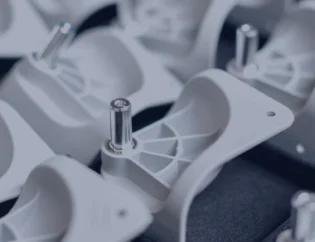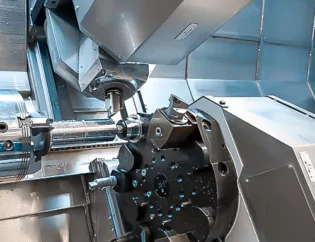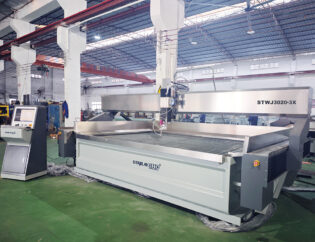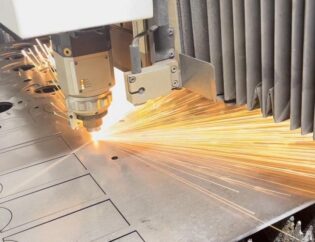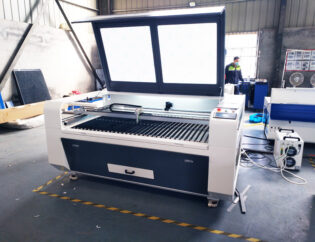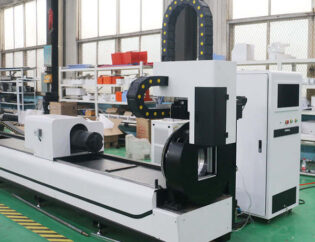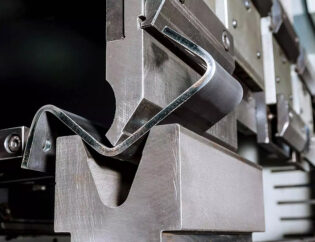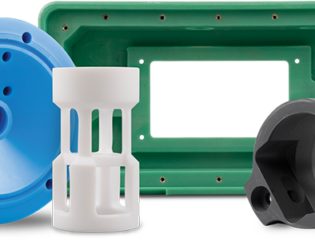Rapid prototyping is a crucial process in product development that allows designers and engineers to quickly create tangible models of their ideas. This approach not only accelerates the design cycle but also fosters innovation by enabling teams to test and iterate on concepts in real-time. As industries evolve, the ability to prototype rapidly has become essential for staying competitive.
In this guide, readers will explore various rapid prototyping techniques, including 3D printing, CNC machining, and laser cutting. Each method will be examined in detail, highlighting its advantages, limitations, and best use cases. By understanding these techniques, readers can make informed decisions that enhance their design processes.
Additionally, the guide will cover the integration of rapid prototyping within agile methodologies, emphasizing collaboration and feedback loops. Readers will learn how to effectively incorporate prototyping into their workflows, ensuring that they can adapt to changes and refine their products based on user input.
Finally, the guide will provide insights into the future of rapid prototyping, discussing emerging technologies and trends that are shaping the landscape. By the end of this journey, readers will be equipped with the knowledge and tools to leverage rapid prototyping for successful product development.
What is Rapid Prototyping?
Rapid prototyping is the fast fabrication of a physical part, model, or assembly using 3D computer-aided design (CAD). The creation of the part, model, or assembly is usually completed using additive manufacturing, or more commonly known as 3D printing. This process allows designers and engineers to create prototypes quickly, facilitating iterative testing and refinement of product designs.
Comprehensive Insights into Rapid Prototyping
Rapid prototyping has revolutionized product development across various industries, including automotive, aerospace, and medical. It enables teams to visualize and test concepts before committing to full-scale production. This iterative process not only accelerates development but also reduces costs associated with traditional manufacturing methods.
Technical Features of Rapid Prototyping
The technical features of rapid prototyping can significantly impact the efficiency and effectiveness of the product development process. Below is a comparison table highlighting key technical features:
| Feature | Description |
|---|---|
| Speed | Rapid prototyping allows for quick turnaround times, often within days. |
| Cost-Effectiveness | Reduces costs by minimizing material waste and labor requirements. |
| Flexibility | Supports various materials and designs, enabling rapid iterations. |
| Precision | High accuracy in creating complex geometries and fine details. |
| User Feedback | Facilitates early user testing and feedback, improving final product design. |
| Material Variety | Utilizes a range of materials, including plastics, metals, and composites. |
Types of Rapid Prototyping
Different rapid prototyping techniques cater to various needs and applications. Below is a comparison table of the most common types:
| Type | Description | Best For |
|---|---|---|
| Stereolithography (SLA) | Uses UV light to cure liquid resin layer by layer. | High-detail prototypes. |
| Selective Laser Sintering (SLS) | Uses a laser to fuse powdered material into solid parts. | Functional prototypes. |
| Fused Deposition Modeling (FDM) | Extrudes thermoplastic filament to build parts layer by layer. | Low-cost prototypes. |
| Selective Laser Melting (SLM) | Melts metal powder to create high-strength parts. | Aerospace and automotive parts. |
| Laminated Object Manufacturing (LOM) | Builds parts from layers of adhesive-coated paper or plastic. | Low-cost visual models. |
| Digital Light Processing (DLP) | Cures resin using a light source, faster than SLA. | Quick prototypes with good detail. |
| Binder Jetting | Uses a binding agent to bond powder particles together. | Large parts and assemblies. |
Applications of Rapid Prototyping
Rapid prototyping is widely used in various sectors. In the automotive industry, it helps in designing and testing new vehicle components. In aerospace, it allows for the rapid development of complex parts that meet stringent safety standards. The medical field benefits from rapid prototyping by creating custom implants and surgical tools tailored to individual patients.
Benefits of Rapid Prototyping
The advantages of rapid prototyping are numerous. It significantly reduces the time and cost associated with product development. By allowing for quick iterations, teams can refine designs based on real-world testing and user feedback. This process enhances collaboration among designers, engineers, and stakeholders, leading to better final products.
Challenges in Rapid Prototyping
Despite its benefits, rapid prototyping also presents challenges. The initial investment in 3D printing technology can be high, and not all materials are suitable for every application. Additionally, some rapid prototyping methods may not achieve the desired level of accuracy or finish, necessitating further processing.
Conclusion
Rapid prototyping is a transformative approach in product development, enabling faster, cost-effective, and flexible design processes. By leveraging various techniques, companies can create high-quality prototypes that facilitate better decision-making and innovation. As technology continues to evolve, the potential for rapid prototyping will only expand, making it an essential tool for modern engineering and design.
FAQs
1. What is the main purpose of rapid prototyping?
Rapid prototyping aims to quickly create physical models of products to evaluate design and functionality, allowing for iterative testing and refinement.
2. How does rapid prototyping differ from traditional manufacturing?
Unlike traditional manufacturing, which often requires extensive tooling and setup, rapid prototyping allows for quick iterations and modifications without significant costs.
3. What industries benefit most from rapid prototyping?
Industries such as automotive, aerospace, medical, and consumer products benefit significantly from rapid prototyping due to its speed and flexibility.
4. Can rapid prototyping be used for mass production?
While rapid prototyping is primarily for creating prototypes, some techniques can be adapted for low-volume production runs.
5. What materials are commonly used in rapid prototyping?
Common materials include various plastics, metals, and composites, depending on the specific prototyping technique employed.

